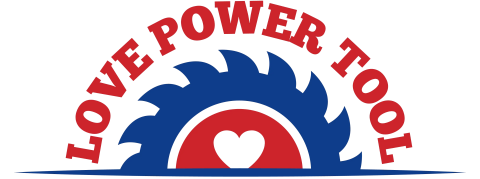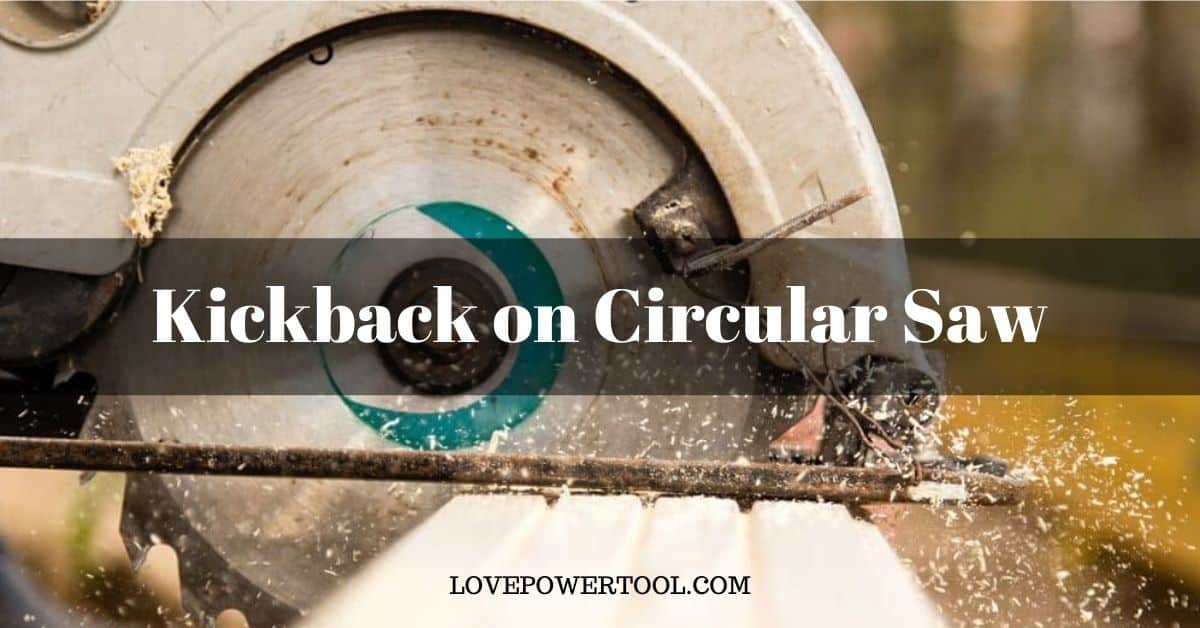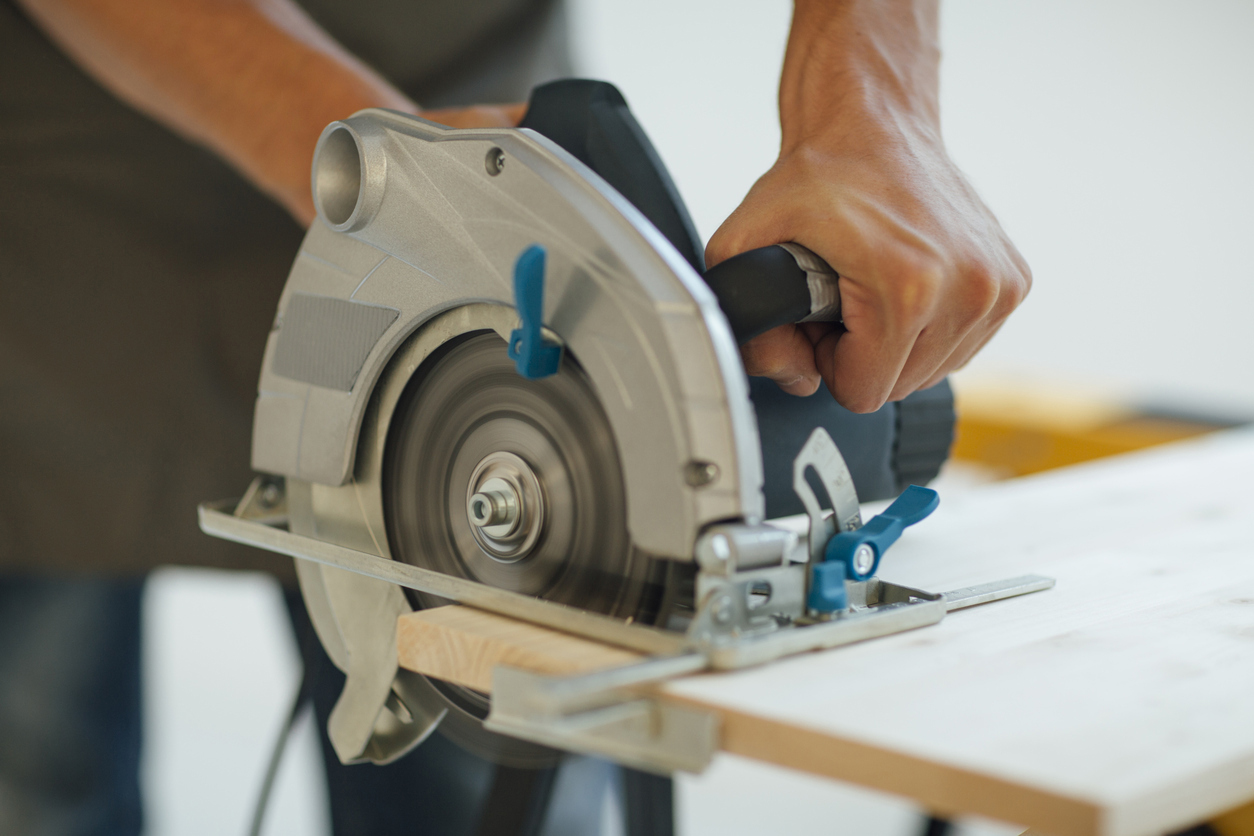Many potential dangers might happen in woodworking, and one of the most popular accidents that carpenters may encounter is a kickback.
Today, in this article, we will discuss this issue in the case of circular saw users.
You will learn about the concept of circular saw kickback, its leading causes, and how to prevent kickback on circular saw in the most practical ways.
Are you ready?
If yes, let’s find out the tips and tricks now!
What Is Circular Saw Kickback?
Briefly, a circular saw kickback occurs when a woodcut is suddenly and quickly propelled back towards the person who is cutting it with a circular saw.
A kickback can make the wood hitting your torso, chest, or even head.
Sometimes, the wood moves so fast that the woodworker has no time to take his hand off of it, and his hand may be pulled across the saw blade.
What Causes Kickback?
Typically, there are two main causes of a kickback.
In the first case, a kickback may occur when the saw blade is held back, or the wood that is being cut suddenly bends downwards.
These can pinch the circular saw blade and unexpectedly stop it so the circular saw might be left off and return to your direction.
In the second circumstance, a kickback can happen if the workpiece is pinched between the saw blade and any other things such as a fence or a rail guide.
How To Prevent Kickback?
After learning about the concept and the root of kickback on a circular saw, have you known how to prevent it?
Don’t worry.
We will introduce to you up to 10 effective ways to protect yourself.
Check them out!
1. Manipulate your saw securely
The simplest way to obviate kickback is to grasp both the front and the rear handles of your circular saw firmly.
Besides, always put one finger of yours on the saw trigger so that you can let go of it immediately if the kickback happens.
If you use a model with electric brakes, the blade will cease after 2 seconds.
2. Stand in a safe your position
Do you often stand right behind the wood plank and your circular saw?
We know this is a habit of many woodworkers, but it is dangerous to do so.
When a kickback occurs, your saw will leap off in the reverse direction of cutting.
So if you do not stand right behind it, there is less chance that it will strike you.
3. Immobilize the whole wood piece
You ought to firmly clamp the wood piece that you are going to cut on a flat surface or fasten it at both ends, particularly when it is a long one.
Even if you place it between two sawhorses but there is no support in the middle, the board can still bend from the middle of the span or bind on the blade, and a kickback might happen.
4. Examine and prepare your circular saw carefully before use
For your optimal safety, we advise you to take all of the following actions before doing any of your projects:
- Always ensure that your saw blade has no distorted or broken part, especially its teeth.
- Never let it overheat due to slow feeding. If you need to feed it at a slow pace, make a point that your saw blade is razor-sharp, and its motor is robust.
- Adjust the blade depth half of an inch deeper over the thickness of the plank before you cut it.
- Ensure the blade guard comes back to its normal position while cutting.
- Attach the blade securely and correctly to the saw rotating shaft so that it is not waggling.
- Inspect both the bevel adjustment knob and the tightness of the saw blade.
Bear in mind that you should not skip any of these steps.
5. Perform a cut properly
Whether you are going to make a new cut or continue your unfinished cut in the center of a board, never let the saw blade hook on your wood piece.
Be patient and wait until your saw reaches its top speed before you cut anything, too.
6. Instantly stop if there is anything wrong
If you suddenly hear a screeching sound from the saw, stop cutting at once and examine whether the blade is pinched.
Also, when you see the blade deviating from your intended cutting line, let’s start all over again.
This is not only to keep you safe but also to ensure the cutting line straight.
7. Facilitate the cut pieces to fall freely
If you are going to cut a plank, be sure that what you cut can drop onto the ground without hassle.
Thereby, the blade can hardly get bound, and there is no pinch point, which can consequently prevent kickback.
8. Put on your safety gear
Have anyone told you that protective gear could give you safety?
We are just kidding!
Let us tell you some essential safety equipment to prepare before you turn on your saw.
- Protective face shield
- Hearing protection gear
- Cutting gloves
- Anti-kickback Blade (this does not prevent binding or pinching )
Always remember to use these useful items to protect yourself, even if you are a professional woodworker.
Who knows when the disaster will happen?
Conclusion
Have you remembered all the safety rules above?
We know it is quite a long list, but all of them are very simple and easy to practice.
Just spend a little time on all these safety steps before you cut anything with your saw.
Isn’t it a pity if you know how to prevent kickback on circular saw, but you still get unexpected injuries?
If any of you here have an idea on this topic, please share it with other readers and us by leaving your comment below.
Anyway, thanks for reading!
Read more:


